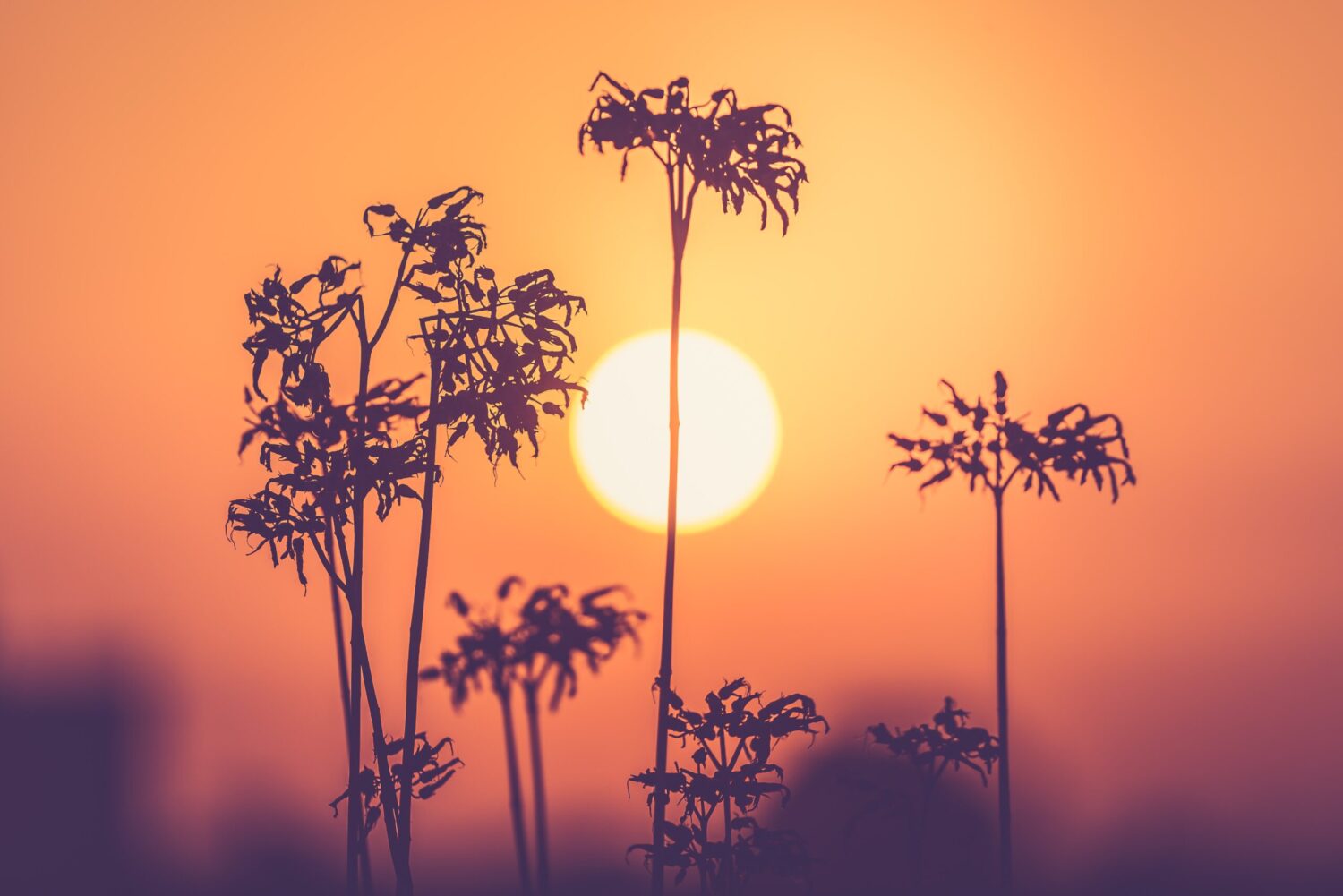In 10 billion years we will be part of a planetary nebula
Scientists have made predictions about what the last days of our solar system will look like and when they will happen.
At first, astronomers thought the Sun would become a planetary nebula – a glowing bubble of gas and cosmic dust – until evidence showed our star lacked the mass to do so. However, evidence was subsequently found to support the old thesis.
The Sun is about 4.6 billion years old – measured by the age of other objects in the Solar System that formed around the same time.
Based on observations of other stars, astronomers predict that the Sun will reach the end of its life in another 10 billion years.
Before that, other important things will happen.
In about 5 billion years, the Sun should become a red giant. The star’s core will contract, but its outer layers will expand to the orbit of Mars, engulfing our planet in the process.
As for humanity, it can survive another 1 billion years on the planet. The reason for this is that the brightness of the Sun will increase, making the temperatures unlivable.
By studying other stars, scientists conclude that 90 percent of Sun-like stars evolve from red giants to white dwarfs and then end up as planetary nebulae.
“When a star dies, it ejects a mass of gas and dust into space. The envelope can be up to half the mass of the star. This exposes the star’s core, which at this point is running without fuel before finally dying,” explained astrophysicist Albert Zijlstra from the University of Manchester in the United Kingdom, one of the authors of the paper.
“Only then does the hot core cause the ejected shell to glow brightly for about 10,000 years – a short period in astronomy. But this makes the planetary nebula visible. Some are so bright that they can be seen from extremely great distances – tens of millions of light years. Before eventually, such stars would be invisible at such a distance,” adds the scientist.
“The data says you can get bright planetary nebulae from low-mass stars like the Sun, the models say it’s not possible,” says the scientist. This means, according to him, that the models need to be updated, and the future of the Sun becomes easier to predict.
Planetary nebulae are relatively common in the observable Universe, with the Helix Nebula, the Cat’s Eye Nebula, the Ring Nebula, and the Bubble Nebula all known.
Illustrative Photo by Billel Moula: https://www.pexels.com/photo/silhouette-of-plants-during-golden-hour-542515/













 English
English French
French Spanish
Spanish German
German Dutch
Dutch Italian
Italian Danish
Danish Portuguese
Portuguese Greek
Greek Russian
Russian Swedish
Swedish Bulgarian
Bulgarian Hungarian
Hungarian Catalan
Catalan Ukrainian
Ukrainian Polish
Polish Basque
Basque Chinese (Simplified)
Chinese (Simplified) Japanese
Japanese Hebrew
Hebrew Arabic
Arabic Swahili
Swahili Amharic
Amharic Irish
Irish Afrikaans
Afrikaans Albanian
Albanian Armenian
Armenian Azerbaijani
Azerbaijani Belarusian
Belarusian Bengali
Bengali Bosnian
Bosnian Cebuano
Cebuano Chichewa
Chichewa Chinese (Traditional)
Chinese (Traditional) Corsican
Corsican Croatian
Croatian Czech
Czech Esperanto
Esperanto Estonian
Estonian Filipino
Filipino Finnish
Finnish Frisian
Frisian Galician
Galician Georgian
Georgian Gujarati
Gujarati Haitian Creole
Haitian Creole Hausa
Hausa Hawaiian
Hawaiian Hindi
Hindi Hmong
Hmong Icelandic
Icelandic Igbo
Igbo Indonesian
Indonesian Javanese
Javanese Kannada
Kannada Kazakh
Kazakh Khmer
Khmer Korean
Korean Kurdish (Kurmanji)
Kurdish (Kurmanji) Kyrgyz
Kyrgyz Lao
Lao Latin
Latin Latvian
Latvian Lithuanian
Lithuanian Luxembourgish
Luxembourgish Macedonian
Macedonian Malagasy
Malagasy Malay
Malay Malayalam
Malayalam Maltese
Maltese Maori
Maori Marathi
Marathi Mongolian
Mongolian Myanmar (Burmese)
Myanmar (Burmese) Nepali
Nepali Norwegian
Norwegian Pashto
Pashto Persian
Persian Punjabi
Punjabi Romanian
Romanian Samoan
Samoan Scottish Gaelic
Scottish Gaelic Serbian
Serbian Sesotho
Sesotho Shona
Shona Sindhi
Sindhi Sinhala
Sinhala Slovak
Slovak Slovenian
Slovenian Somali
Somali Sundanese
Sundanese Tajik
Tajik Tamil
Tamil Telugu
Telugu Thai
Thai Turkish
Turkish Urdu
Urdu Uzbek
Uzbek Vietnamese
Vietnamese Welsh
Welsh Xhosa
Xhosa Yiddish
Yiddish Yoruba
Yoruba Zulu
Zulu